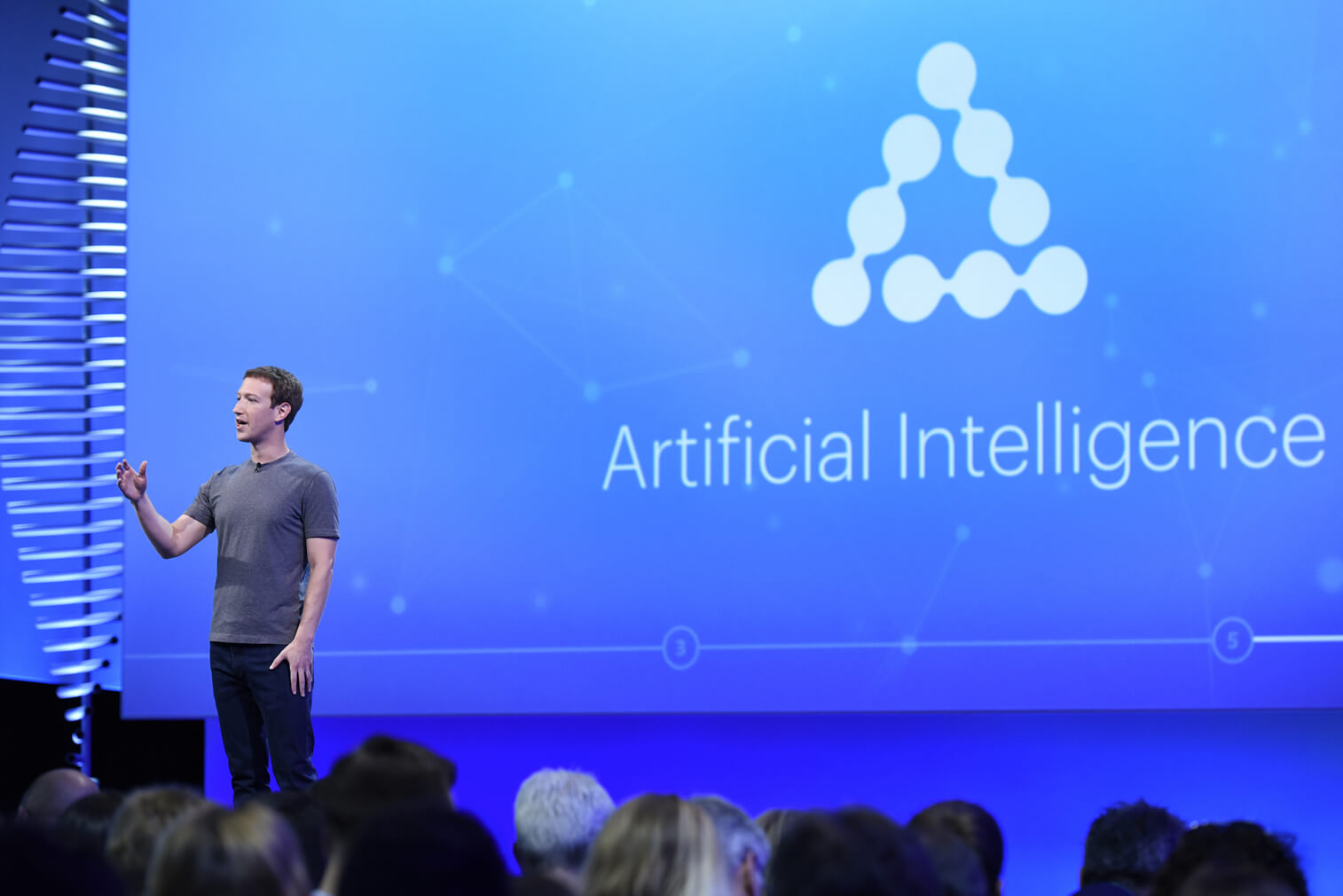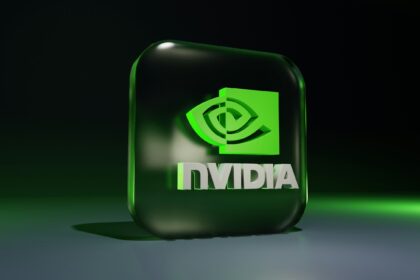People are generally either good with names or good with faces. Rarely is a person good with names and faces. However, Facebook has recently announced that they have built a complex machine learning (ML) system able to recognize faces at up to forty thousand images per second with little or no loss in accuracy. This puts a whole new spin on being good with faces with the new ai.
Pieter Noordhuis, a software engineer from Facebook, explains that the systems for training ML models at scale had already been tested and implemented, in order to allow for managing the large data volume that Facebook maintains currently. The new AI is able to process such a huge number of images through computer vision, while still providing accurate responses for users. With this sort of training, the AI could process a vast number of photos and categorize and tag them for the company’s user base.
Facebook utilized their new and improved graphics processing unit (GPU) hardware and some newly devised algorithms to produce these kinds of results. The new GPU has been highly touted by Facebook, and even distributed freely to some research groups in Europe last year to work on AI response times. Facebook is heavily investing in computer vision, deep neural networks, and other uses of AI. Their newest GPU server (code named Big Basin) has already been deployed across Facebook’s data centers to produce faster AI response and learning times. The goal of the unit is super high speed calculation times for ML while at the same time providing scalability for larger or smaller needs. This further improved the thermal efficiency of their systems, and allowed for greater processing speed and cooling times. All of these advantages have led to a new power in Facebook for rapid and high level machine learning and training.
The new AI system works by associating pictures with specific words. For example, thousands of images of a dog are ‘shown’ to a machine with the tag dog, and are segregated from other images in the training set. The trainers then begin presenting the AI with new images of dogs but without the tag associated with the previous photos. The machine is able to determine that it’s looking at a dog, and is then able to match images with descriptive words, thereby learning.
This system is useful for Facebook because of the absolutely huge numbers of users and content that is posted to their website daily. While the company will undoubtedly start using this system to manage content, it also represents a shift in the Facebook playing field. Clearly, at this point Facebook is becoming a hardware company as well as software. The hardware is open source, and with the proper configuration, can be used without special processing units (likely a subtle dig at Google’s newest TPU). This means that companies without large scale hardware set ups for AI can still access and implement AI solutions without huge upfront investments. Overall, the new system presents a different way of approaching AI and ML than has been seen in the marketplace thus far.











